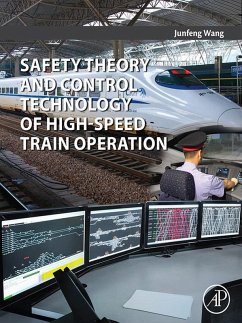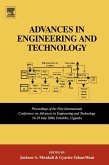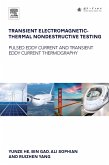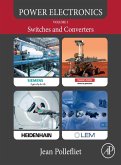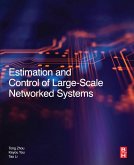Safety Theory and Technology of High-Speed Train Operation puts forward solutions for train dispatching and signal control. Frequent railway incidents have threatened the safety of rail transport. In 2013, more than 12 trains collided. In the same year, a Spanish train derailed due to speed, and two of China's high-speed trains collided. In 2016, Germany and Italy both experienced serious train collisions. Global railway security is essential. Many accidents are caused by train dispatching errors and signal system failure. Chinese high-speed railway has developed very quickly and at a very large scale. However, many issues reagrding safety has not been addressed. This book considers the issue from the perspective of a system. A train operation control system structure is put forward in order to ensure safety. Five key technologies (namely system-level fail-safe, parallel monitoring, completeness of train control data, data sharing and fusion and prevention of common errors in monitoring), are proposed. In order to prevent collision, over-speed, derailment, and rear-end collision accidents, the concept and corresponding parallel monitoring technology of five core control items (train route, speed, tracking interval, temporary speed limit, train running state) is proposed.
- Puts forward solutions for train dispatching and signal control
- Views high-speed train safety and technology from a systems-theory perspective
- Describes five key technologies to ensure safety
- Proposes five parallel monitoring technologies to prevent collision, over-speed, derailment and rear-end collision incidents
- Considers the very quick and large-scale development of Chinese high-speed rail
Dieser Download kann aus rechtlichen Gründen nur mit Rechnungsadresse in A, B, BG, CY, CZ, D, DK, EW, E, FIN, F, GR, HR, H, IRL, I, LT, L, LR, M, NL, PL, P, R, S, SLO, SK ausgeliefert werden.

